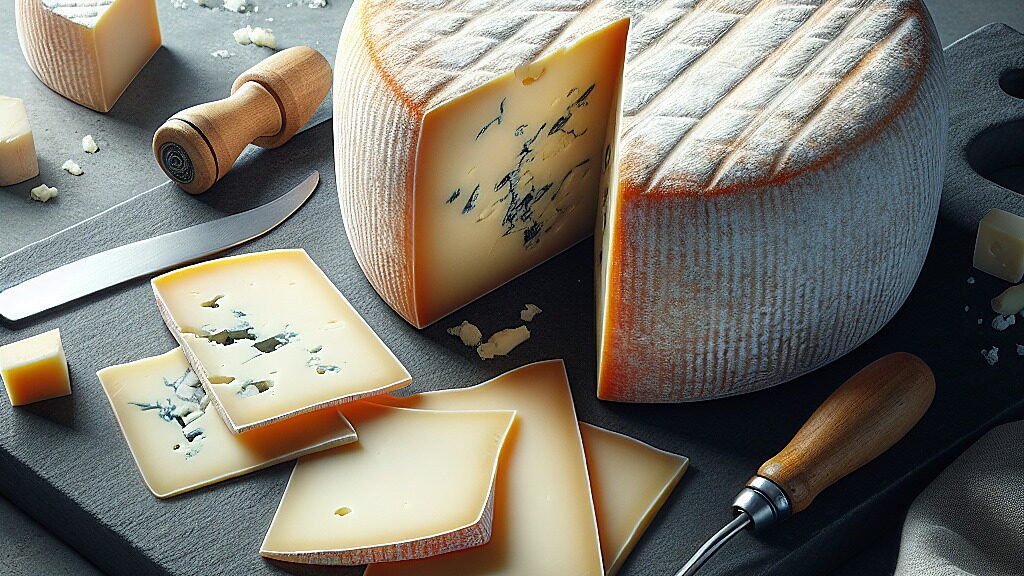Alcohol Macerated Cheese
Definition and Scope
Alcohol macerated cheese refers to cheeses that undergo a soaking process in alcoholic beverages. This technique infuses the cheese with distinct flavors and alters its texture. The practice is most common with semi-soft to hard cheese varieties. It represents a specialized category within flavored or infused cheeses.
The scope includes cheeses submerged in wine, beer, spirits, or liqueurs. This process can last from several days to multiple months. The alcohol acts as a preservative while imparting complex notes. These cheeses are often identified by their colored rinds and aromatic profiles.
Production Process
Production begins with selecting a base cheese capable of absorbing liquids. Common choices include Tomme, Cheddar, or Gouda styles. The cheese is then fully immersed in the chosen alcoholic beverage. This maceration occurs in temperature-controlled environments to ensure consistency.
The duration determines the intensity of flavor infusion. Shorter periods yield subtle notes while extended maceration creates robust profiles. Some producers periodically agitate the containers. The finished product is typically drained and aged briefly before distribution.
Sensory Profile
Alcohol macerated cheeses present pronounced aromas from their soaking liquid. Notes of grapes, hops, or distilled spirits are immediately detectable. The paste often shows discoloration matching the beverage used. These cheeses typically have a moist, sometimes sticky exterior.
The flavor profile balances dairy notes with alcoholic warmth. Underlying cheese characteristics merge with fruity, bitter, or spicy elements. Texture ranges from creamy to firm depending on base cheese and maceration time. The finish commonly carries the distinct aftertaste of the incorporated alcohol.
Culinary Uses
These cheeses function well as dessert course components. They pair effectively with fruits, nuts, and complementary beverages. Their robust flavor allows them to stand alone on cheese boards. The alcoholic notes make them particularly suitable for after-dinner service.
In cooking, they can be incorporated into sauces or fondues. The alcohol content typically cooks off while leaving flavor behind. They are generally not used for melting over dishes like pizza. Their strong character makes them better suited for feature applications.
Regional Examples
France produces several notable examples including Epoisses washed in Marc de Bourgogne. This cheese develops a distinctive orange rind and pungent aroma. Italian Ubriaco varieties are soaked in wine must or grape pomace. These traditions date back centuries in their respective regions.
Modern American creameries create beer-soaked cheddars and brandy-infused blues. The Netherlands offers some Goudas macerated in Dutch gin. British producers experiment with whisky-infused cheeses. These innovations demonstrate the technique’s global adaptation.

